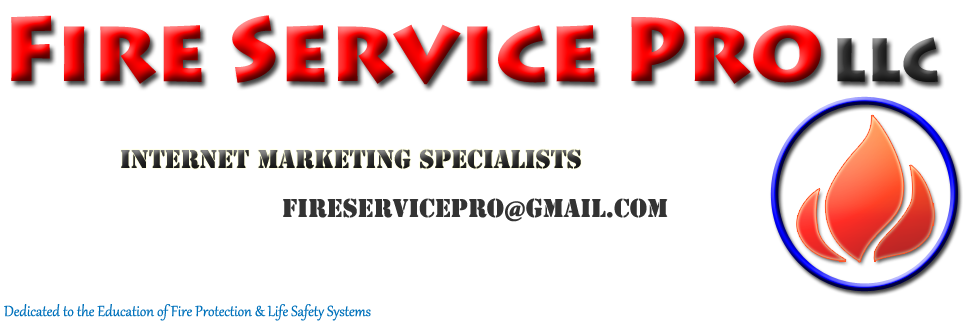Houston Fixed System Fire Extinguishers
Where precise equipment, expensive or priceless valuables are present you may want to look at doing a fixed system fire extinguisher. The fixed system fire extinguisher ideal is to extinguish or prevent a fire from occurring in areas where your special valuables may be located. Any work that is performed on fire extinguishers should be completed by State licensed fire extinguisher companies or fire extinguisher contractors in Houston.
The fixed system fire extinguisher is best located in areas such as safes, artwork, computer rooms, and file storage facilities.
Fixed Extinguishing Systems Checklist
General requirements
□ Are fixed extinguishing system components and agents provided that are designed and approved for use on the specific fire hazards that they are expected to control or extinguish? 1910.160(b)(1)
□ Are employees notified and assured their safety if a fixed extinguishing system becomes inoperable? Any defects or impairments must be fixed by trained personnel. 1910.160(b)(2)
□ Is a distinctive alarm or signaling system provided that complies with 1910.165 and is capable of being perceived above noise or light levels? Discharge alarms are not required on systems where
Discharge is immediately recognizable. 1910.160(b)(3)
□ Are employees warned against entry into discharge areas that remain hazardous to their health? 1910.160(b)(4)
□ Are warning signs posted at the entrance to, and inside of, areas protected by fixed extinguishing systems that use hazardous agents? 1910.160(b)(5)
□ Are fixed systems inspected annually and maintained in good operating condition? 1910.160(b)(6)
□ Are weight and pressure of refillable containers checked at least semi-annually? If the container shows a loss in net content, weight, or pressure, it must be subjected to maintenance.
1910.160(b)(7)
□ Are factory charged non-refillable containers that have no means of pressure indication weighed at least semi-annually? The container must be replaced if it shows a loss in net weight or content
exceeding 5 percent. 1910.160(b)(8)
□ Are inspection and maintenance dates recorded and kept until the container is checked again or for the life of the container, whichever is less? 1910.160(b)(9)
□ Are employees who inspect, maintain, operate, or fix extinguishing systems trained and subsequently given annual review, as appropriate? 1910.160(b)(10)
□ Is use of chlorobromomethane or carbon tetrachloride prohibited as an extinguishing agent where employees may be exposed? 1910.160(b)(11)
□ Are systems that are susceptible to corrosion constructed of non-corrosive material or otherwise protected? 1910.160(b)(12)
□ Is automatic detection equipment approved, installed and maintained in accordance with 1910.164. 1910.160(b)(13)?
□ Do all systems work properly in areas with extreme climates? 1910.160(b)(14)
□ Is at least one manual station provided to activate each fixed extinguishing system? 1910.160(b)(15)
□ Are the hazards identified for which manual operating devices provide protection? 1910.160(b)(16)
□ Is the use of personal protective equipment (PPE) provided and assured for rescuing employees trapped in areas that have become hazardous due to an agent discharge? 1910.160(b)(17)
Total Flooding System Requirements
□ Is an emergency action plan provided in accordance with 1910.38 for each area within a workplace that is protected by a total flooding system? 1910.160(c)(1) Systems installed in areas where
Employee’s cannot enter during or after the system's operation are exempt from the requirements of this section. 1910.160(c)(2)
□ Is a pre-discharge employee alarm on total flooding systems provided that complies with 1910.165, which is capable of being perceived above light or noise levels, and which gives employees
time to safely exit the area before discharge? 1910.160(c)(3)
□ Are approved fire detection devices installed and connected to pre-discharge alarm systems, which automatically activate total flooding systems, and which permit employees to safely exit the
area before the system discharges? 1910.160(c)(4)

